Flame Angelfish
$82.99 – $99.99
-
Select Variant
The Flame Angelfish is a flashy addition to aquariums of all kinds. The most sought-after of the smaller angelfish The Flame Angelfish is a bold red/orange hue with black stripes running vertically across the body, and horizontal black stripes that run along the caudal portion of blue-tipped dorsal as well as anal fins.
The Flame Angelfish requires at least 70-gallon tank with plenty of hiding places as well as live rock to graze. This Flame Angelfish is prone to nibble at soft and stony corals, sessile corals, and clam mantles. The Flame Angelfish should be the final fish to be introduced. A Flame Angelfish adapts well to aquaculture, however, it must be kept in a well-established arrangement and in a tank with different genera. This Flame Angel is very sensitive to high levels of copper and should not have exposure to copper levels that are near or over 0.15 ppm.
A Flame Angelfish is hermaphroditic, extremely difficult to reproduce in aquariums, and doesn't have any discernible distinction in color between males and females.
The diet of the Flame Angelfish should consist of Spirulina and marine algae premium angelfish preparations Mysis and frozen shrimp as well as other meaty products of high quality.
There are slight variations in the markings and coloration of this species depending on the area of the collection. Flame Angelfish from the Central Pacific includes each of Marshall Islands and Christmas Island. Marshall Island Flame Angelfish are more red, and have more black bars that run vertically across the body. Christmas Island Flame Angelfish are typically red/orange with black bars that are thin and run horizontally across the body. Flame Angelfish from Cebu are red/orange and have black bars with no definition and a tinge of yellow between them. Flame Angelfish from Tahiti are seldom seen and are blood red in appearance and contain little to none yellow. It is vital to understand that these descriptions of color are general guidelines. There will be some variation between every species of fish. The differences in price between various kinds reflect the differences in the collection, transport and import cost.
Approximate Purchase Size: Small; 1" to 1-3/4" Medium; 1-3/4" to 2-1/2" Large; 2-1/2" to 4"
- Description
- Additional Information
- Reviews
General information regarding Flame Angelfish
The Flame Angelfish is a stunning addition to aquariums of all kinds. It is among the more well-known of the small angelfish. Flame Angelfish is a bold red/orange hue with black vertical stripes accentuating the body, and horizontal black stripes that run along with the caudal areas of blue-tipped dorsal as well as anal fins.Origin
Flame angelfish can be found in Central Pacific starting from the Philippines up towards Pitcairn Islands, and Tonga northern up to Northern Marianas and Hawaii, and south to New Caledonia and Queensland in Australia.Tank Requirements
- Size: A minimum of a 70-gallon aquarium is required.
- Environment: Provide ample hiding spots and live rock for grazing.
- Behavior: Known to nip at stony and soft corals, sessile invertebrates, and clam mantles.
- Compatibility: Introduce it as the last fish in a peaceful community.
- Tank Conditions: Thrives in established systems with dissimilar genera to minimize aggression.
- Sensitivity: Highly sensitive to elevated copper levels (0.15 ppm or above).
Breeding and Sexual Characteristics
- Hermaphroditic nature makes breeding challenging in captivity.
- No distinguishable color differences between males and females.
Diet
- Feed a varied diet including Spirulina, marine algae, high-quality angelfish preparations, mysis or frozen shrimp, and other meaty items.
- Recommended feeding frequency: multiple times daily.
Geographical Variations
- Central Pacific (Marshall Islands, Christmas Island): Redder coloration with thick vertical black bars.
- Cebu: Red/orange with undefined black bars and a hint of yellow.
- Tahiti: Rarely collected, blood-red coloration with minimal to no yellow.
- Note: Variations exist within each location due to natural differences.
Additional Information
- Purchase Size: Small: 1" to 1-3/4"; Medium: 1-3/4" to 2-1/2"; Large: 2-1/2" to 3-1/2"
- Price Variations: Reflect differences in collection, transportation, and importation costs.
Links to follow:
size
Large, Medium, Small
Units
1
Weight
6 lbs
Dimensions
1 × 1 × 1 in

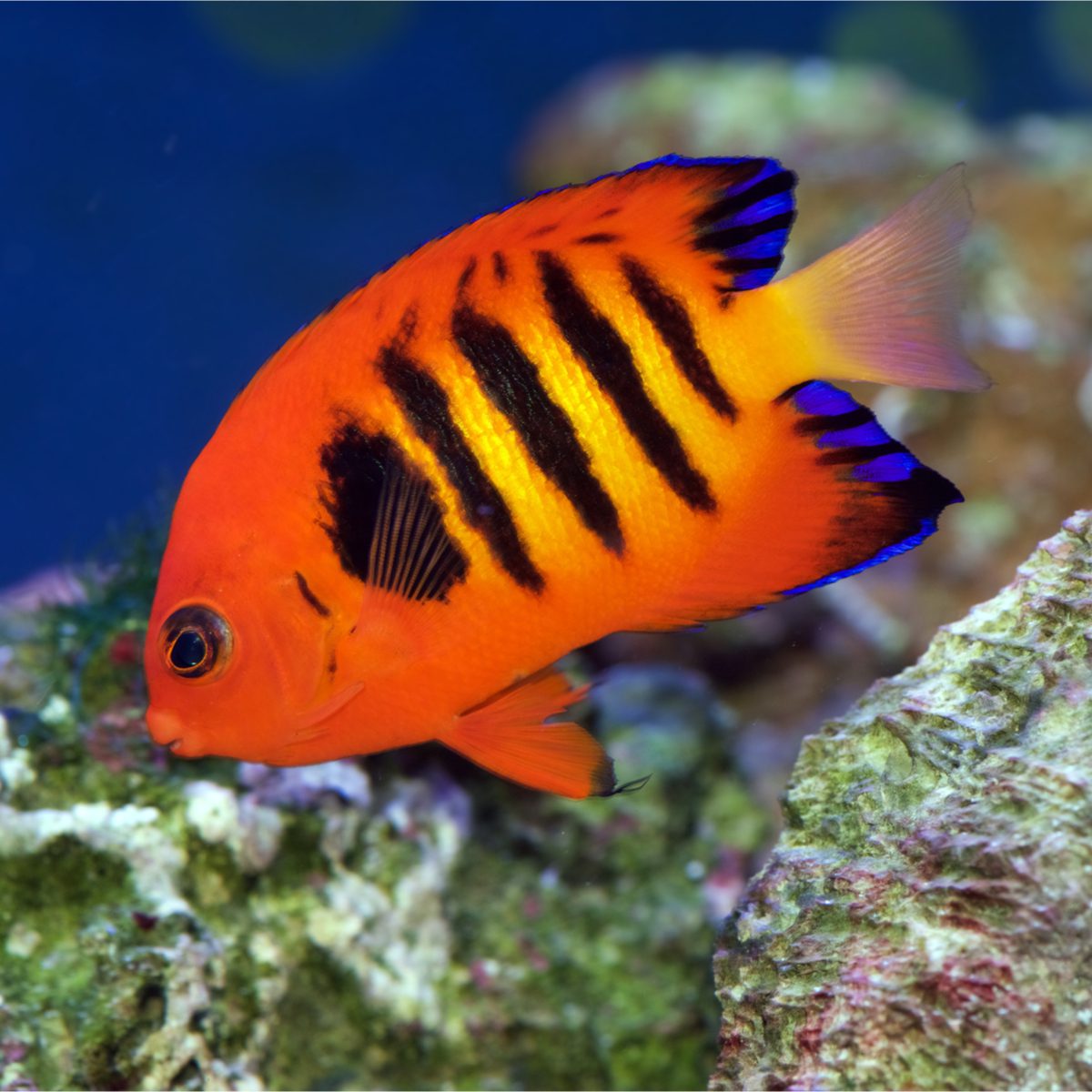
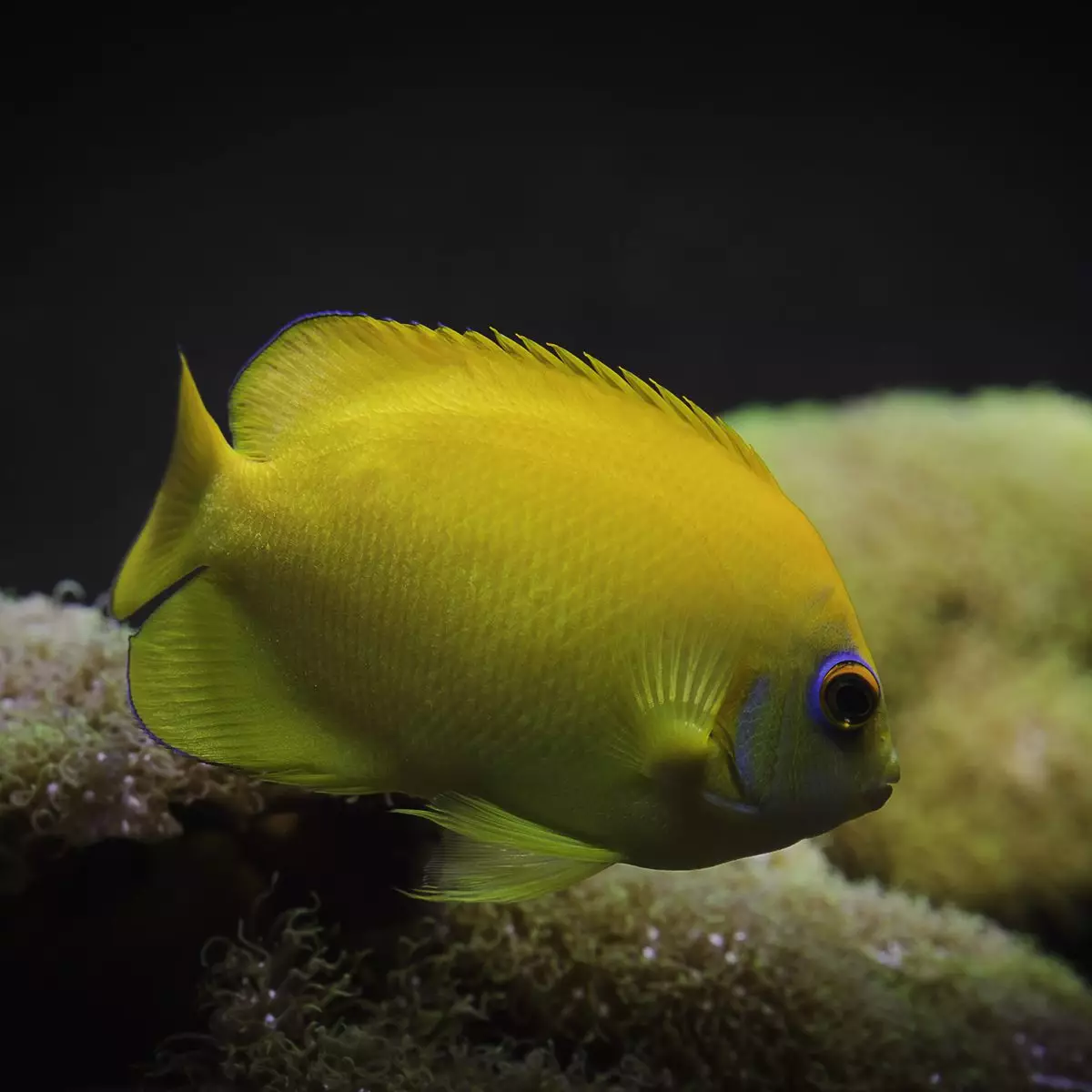
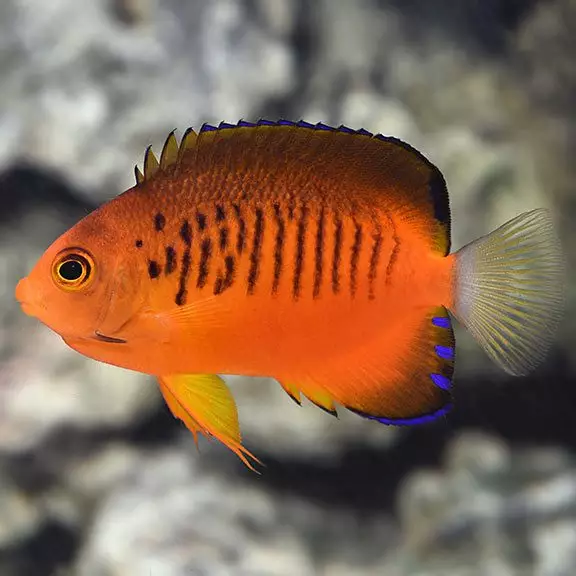
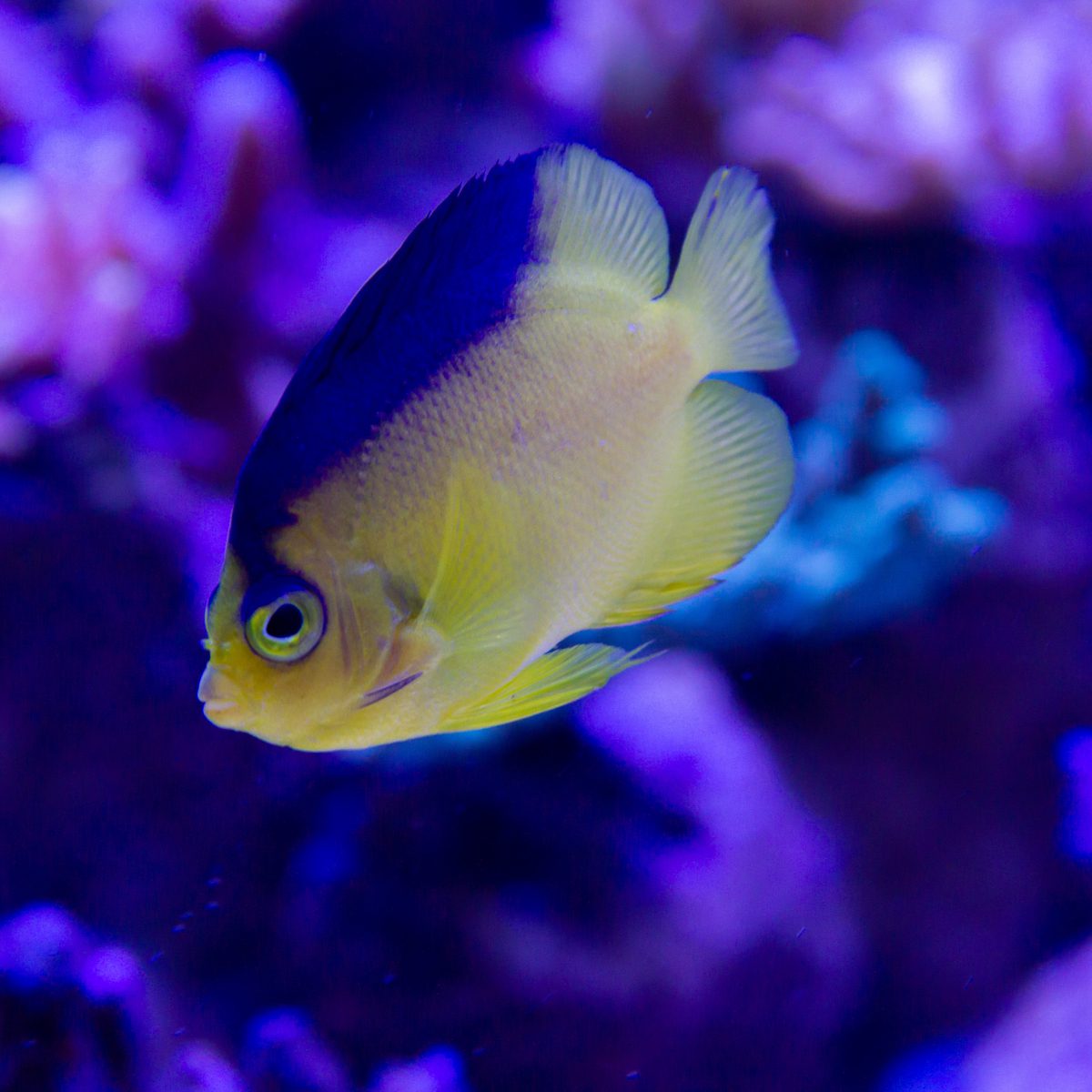
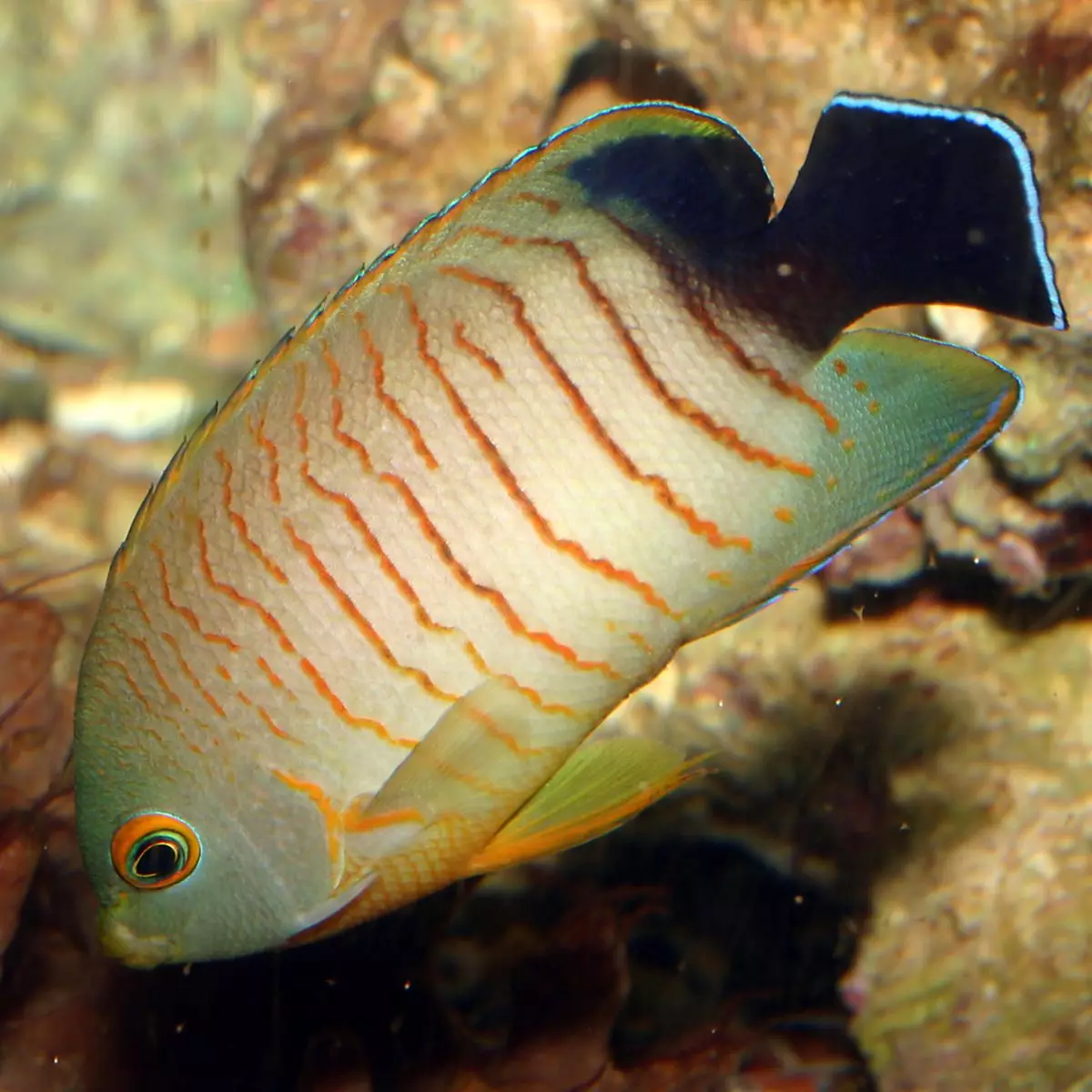
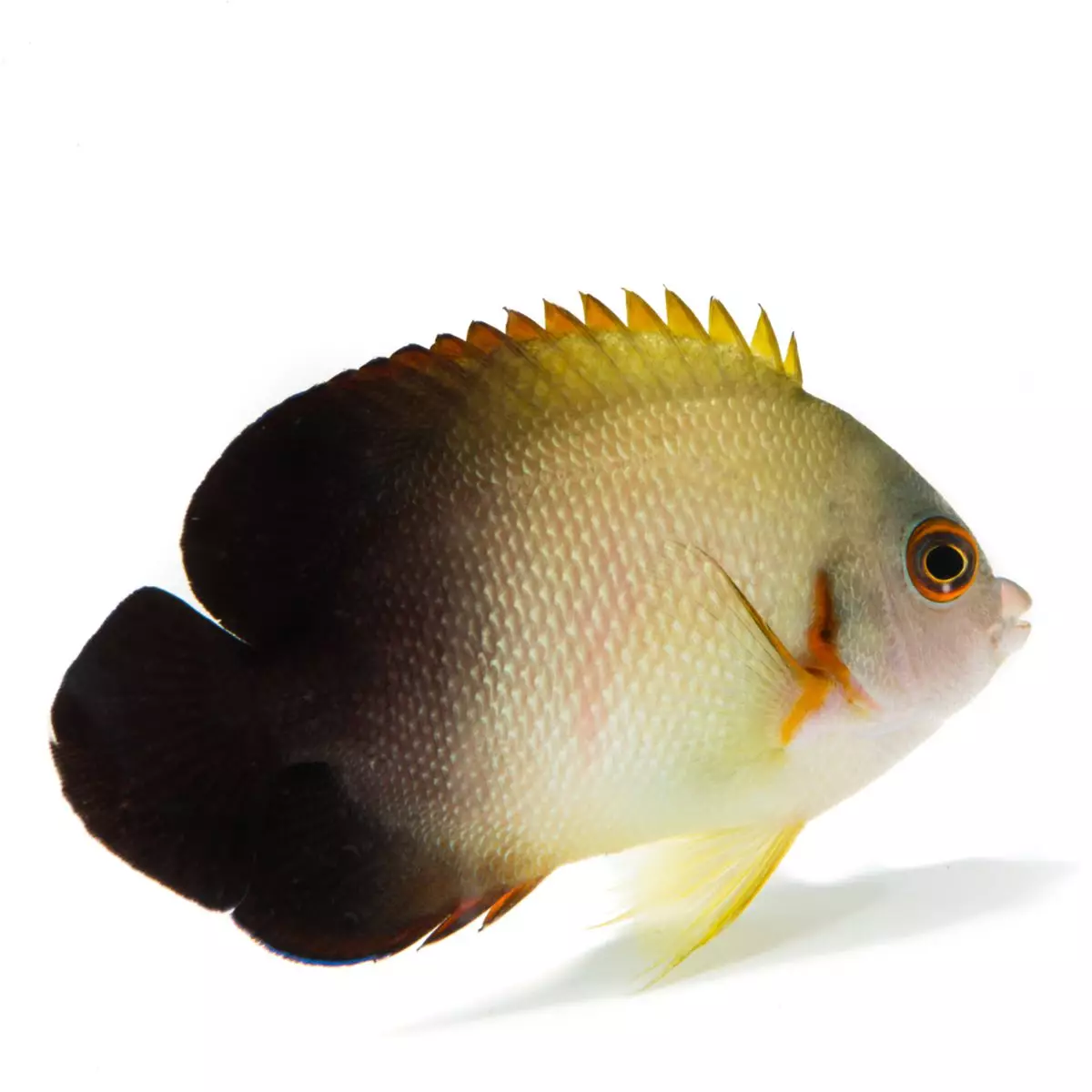
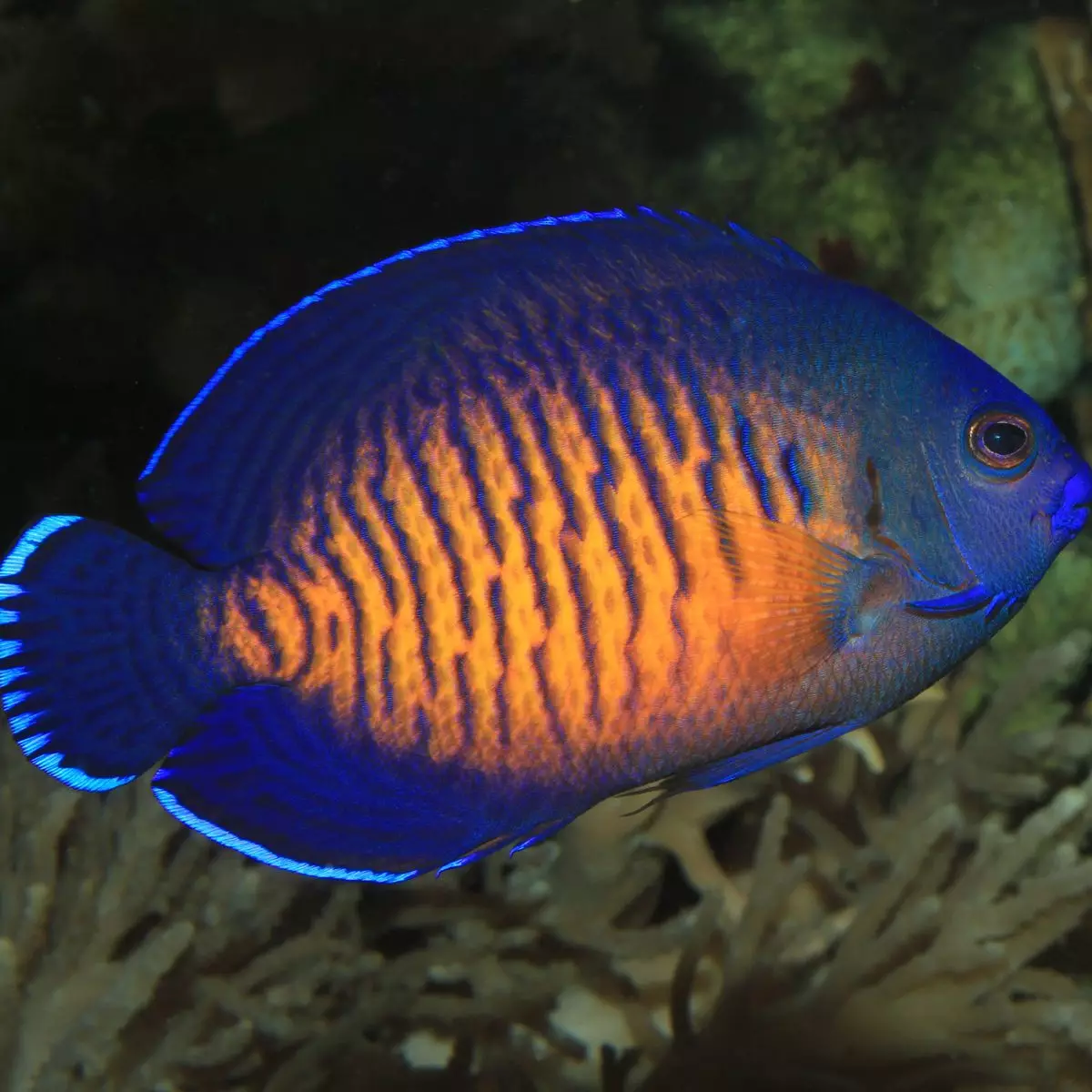
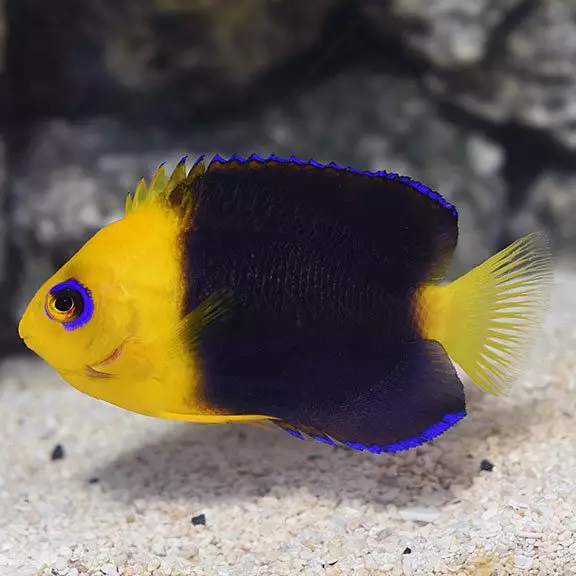
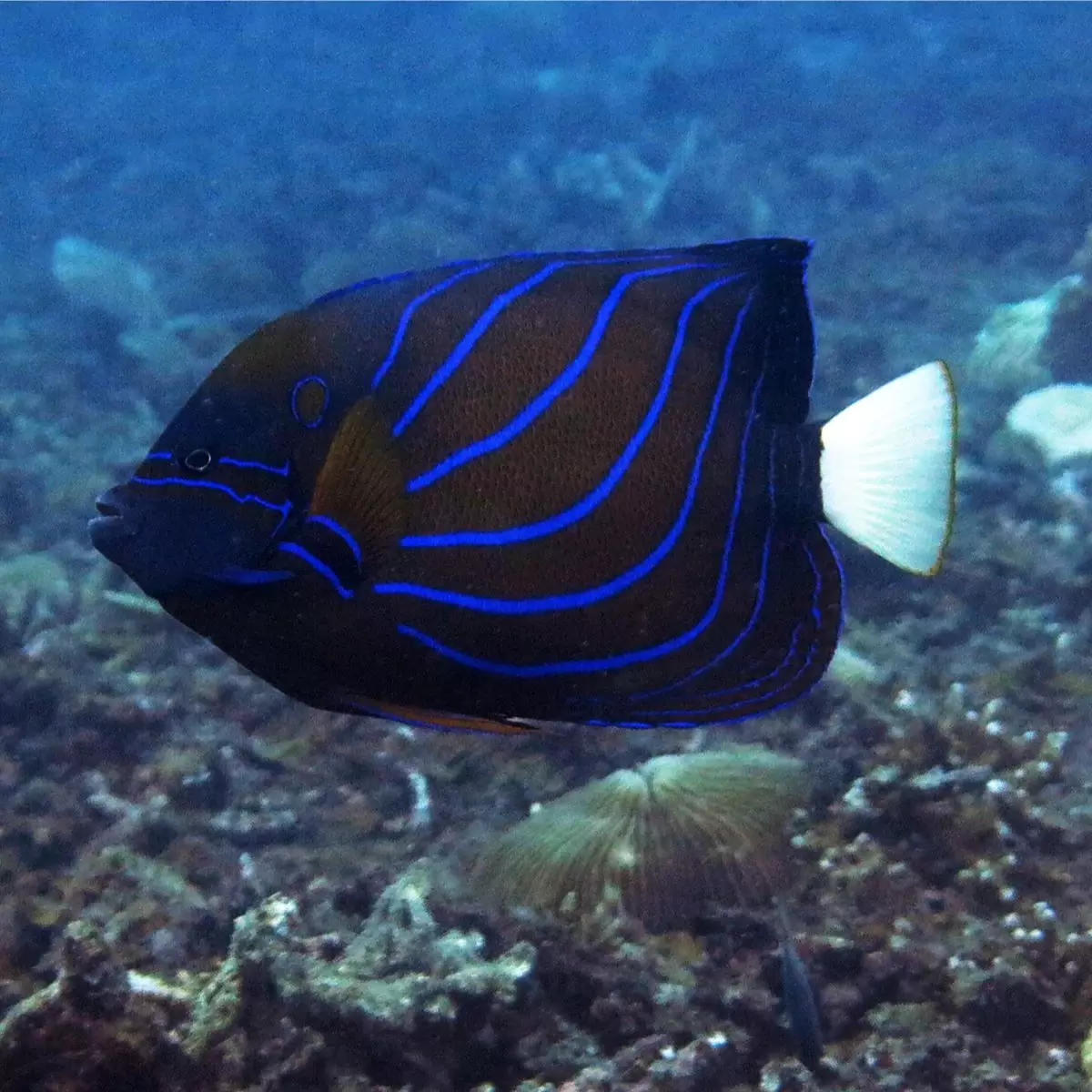

Reviews
There are no reviews yet.